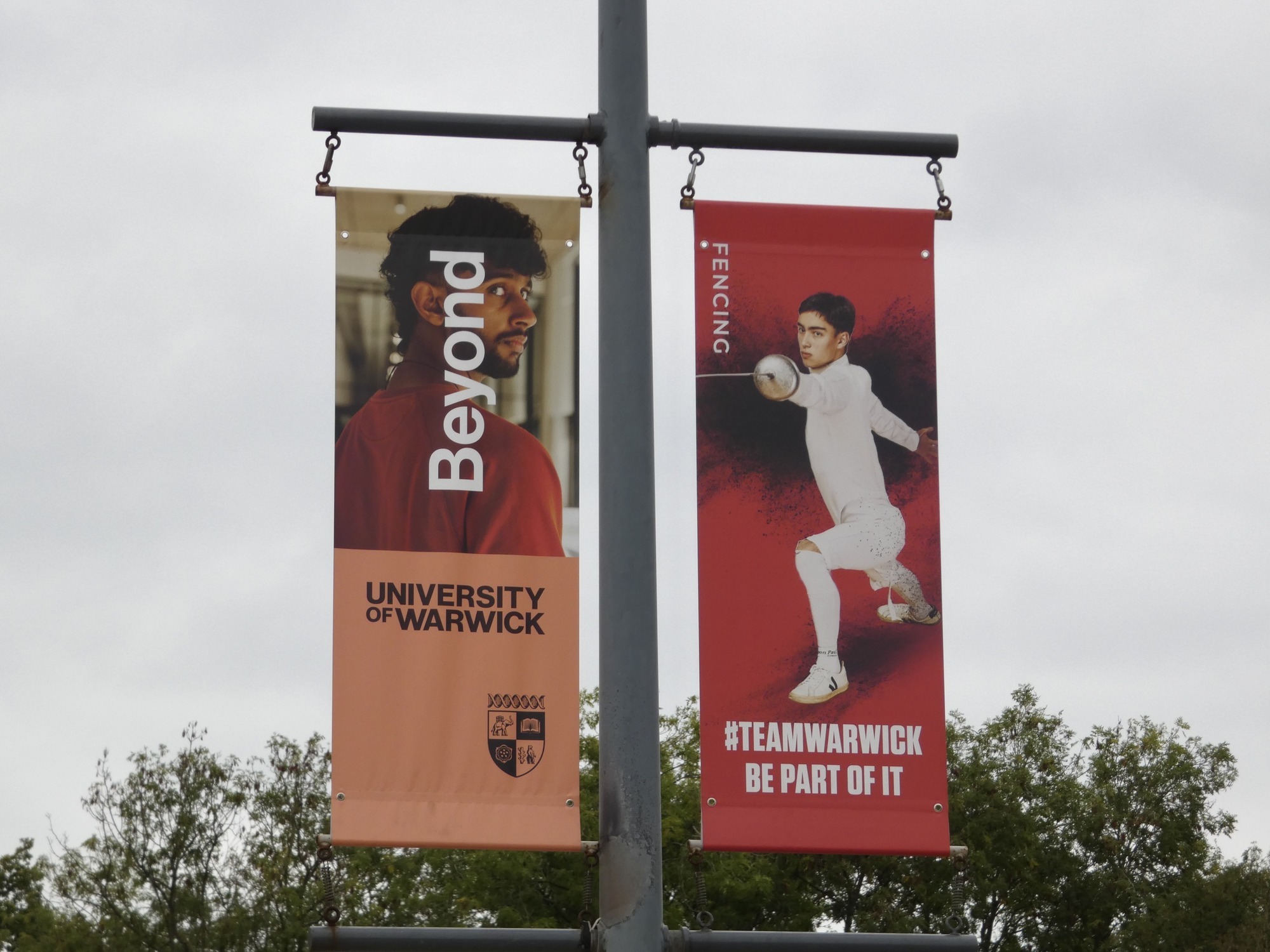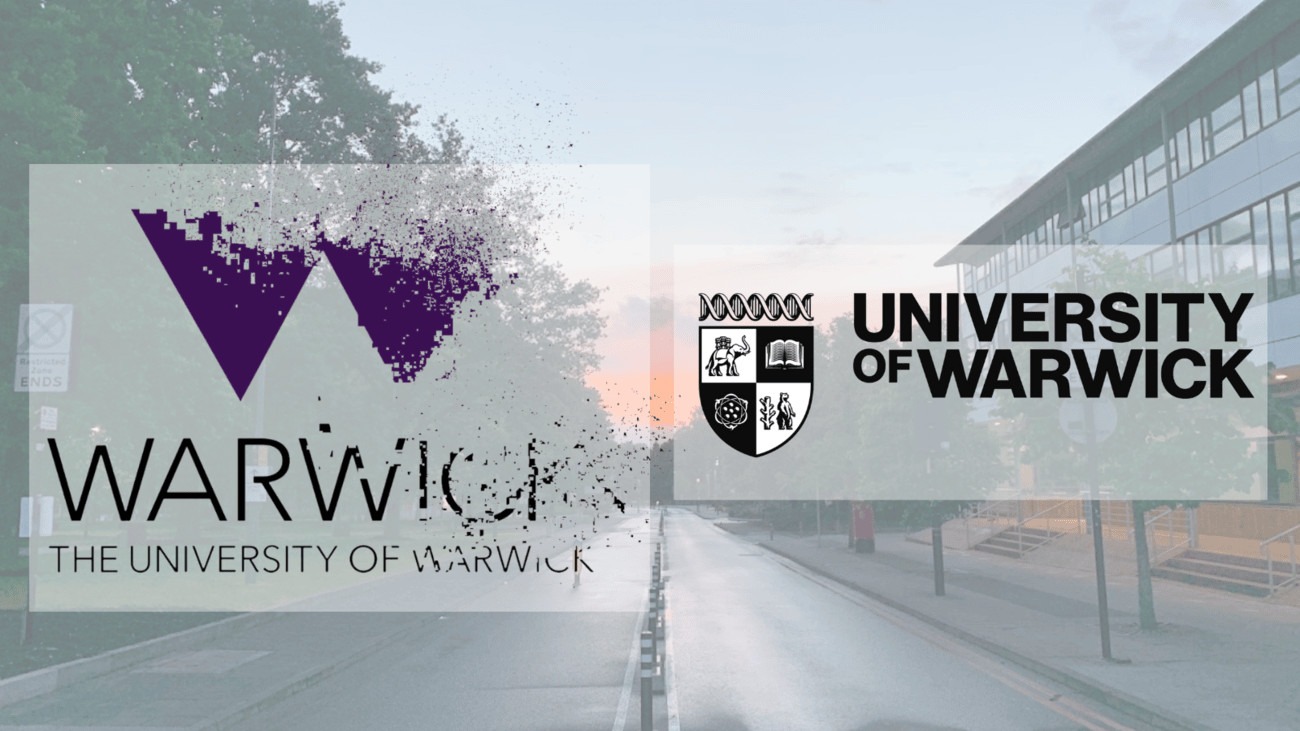Rebranded Warwick under fire over global marketing campaign
The University of Warwick has come under fire for an international PR campaign dubbed by some as a “fiasco”, following its divisive rebrand in June.
As part of an extensive marketing push, the University has paid for articles in Harper’s Bazaar India, The Times of India, and lifestyle magazine Monocle, while the Chief Marketing and Content Officer, Ajay Teli, was interviewed for a feature in Vogue Singapore.
Branded content in Vogue Singapore typically costs between £4,900 and £24,000, according to Times Higher Education. However, the University refused to reveal to the news outlet how much it paid for Teli’s feature.
As universities, including Warwick, continue to face funding challenges, international student recruitment remains at the forefront of university wishlists. The Asian student market proves particularly lucrative to Warwick, with nearly four in 10 international students coming from China.
Using university funds to pay for an advertorial […] where an executive is featured in a fashion photoshoot and discusses his legacy is possibly one of the most tone-deaf moves I’ve ever seen
Peter Crowther, Senior Technician at Birmingham City University
Peter Crowther, a Senior Technician at Birmingham City University, was among those to criticise the advertorials, however, calling them “tone-deaf”.
Posting on Bluesky, he said: “Using university funds to pay for an advertorial in Vogue Singapore where an executive is featured in a fashion photoshoot and discusses his legacy is possibly one of the most tone-deaf moves I’ve ever seen in UK [higher education], and the bar was already incredibly high.”
Other recent University branding pursuits have included the hiring of celebrity chef Aldo Zilli to recreate a sardine and prawn dish – found in an ancient recipe book by a researcher from Warwick’s overseas education hub in Venice – to mark the 700th anniversary of the death of the influential Venetian, Marco Polo, as well as the staging of a press conference in Mumbai, with Teli among those featured.
Billboards advertising the University’s new branding have also been seen elsewhere in the UK, including at London’s Euston station.
This slew of PR overtures comes after the University’s long-anticipated ‘evolved brand’ launch on 18 June, which followed an extensive consultation process in which 10,000 people were surveyed.
In a Boar News Instagram poll, 39% of respondents said that they ‘hate’ the rebrand, while only 13% said they ‘love’ it
A new modernised crest was subsequently adopted, alongside the ‘Beyond’ brand positioning statement. Immediate updates to the University’s online presence followed, with pastel hues and a new font forming the basis of the new brand identity.
Two months on from the rebrand, in a Boar News Instagram poll, 39% of respondents said that they ‘hate’ the rebrand, while only 13% said they ‘love’ it. The remaining 48% stated their position as one of indifference.
One student said that the crest logo felt “pretentious” and “corny”, while another said that they “hardly noticed the University’s rebrand”. On the other hand, a supporter of the rebrand said it looked “modern and sleek”.

The University adopted the brand positioning statement ‘Beyond’ after an extensive survey | Image: Nikolai Morton / The Boar
While the branding has been rolled out in some places across the University, Warwick merchandise sporting the updated crest has still not been made available, with the University saying that it is currently reviewing how it produces and uses promotional merchandise.
As a result, the production of new products has been paused until at least October to ensure that any merchandise is “fully aligned with [the] evolved brand identity” and that it “meets the standards set out in the University’s sustainability policy”.
An FOI submitted by The Boar concerning the 2025 rebrand’s overall cost has been refused by the University on grounds of trade secrets and commercial interest. However, it is known that the 2015 ‘W’ rebrand came in at a cost of £80,000.
218 members of Warwick staff were made redundant last year, according to The Telegraph, taking the total number of redundancies at the University to over 900 in the past five years
While the overall cost of the rebrand is not currently known, 75% of respondents in The Boar’s poll said that they thought the rebrand was not an effective use of University money, reflecting student dissatisfaction that has accompanied other investments in recent times, including the near-£200,000 Forum.
Speaking to The Boar, one student said that “luxury ads aren’t a priori bad”, but questioned whether the adverts would reach the “top students” which the University aims for. Another called the decision to launch a branding campaign “blatantly disrespectful”, adding that the University should have supported “student subsidies” instead.
Those opinions align with wider student sentiment, with only two in 10 respondents (22%) to The Boar’s poll saying that they supported the University’s decision to spend money on the adverts. Over half (57%), on the other hand, objected.
The rebrand also comes at a time when the number of staff lay-offs at universities across the UK continues to rise. Recent figures show that as many as 20,000 higher education jobs could be at risk of being axed, with Warwick not immune from such cuts.
218 members of Warwick staff were made redundant last year, according to The Telegraph, taking the total number of redundancies at the University to over 900 in the past five years.
The Boar is aware of two such academics who have left the English department due to funding cuts. One of these told their outgoing seminar students that their teaching contract was not being renewed at the end of the academic year “due to reasons of University funding”.
Our aim is to amplify the University’s standing as a globally recognised, loved, and progressive education brand that engages students, potential students, academics, and research partners
University statement
Speaking to The Boar, the University defended their decision to take out advertorials in the magazines and carry out an extensive advertising programme, saying it aligned with their “global communications, marketing, and student recruitment strategy”.
A spokesperson for the University said: “As a globally leading university, we aim to attract students from the UK and all over the world […] As part of this, our academics and senior executives are actively engaged as ambassadors, championing the University’s vision and values across key national and international platforms.
“Our strategy encompasses research promotion, academic expertise, media partnerships, and brand evolution, all aligned to deliver long-term impact in an increasingly competitive higher education sector.
“Our aim is to amplify the University’s standing as a globally recognised, loved, and progressive education brand that engages students, potential students, academics, and research partners in our 60th anniversary year. Like every organisation, we have costed these projects in line with our financial strategy.”

Comments